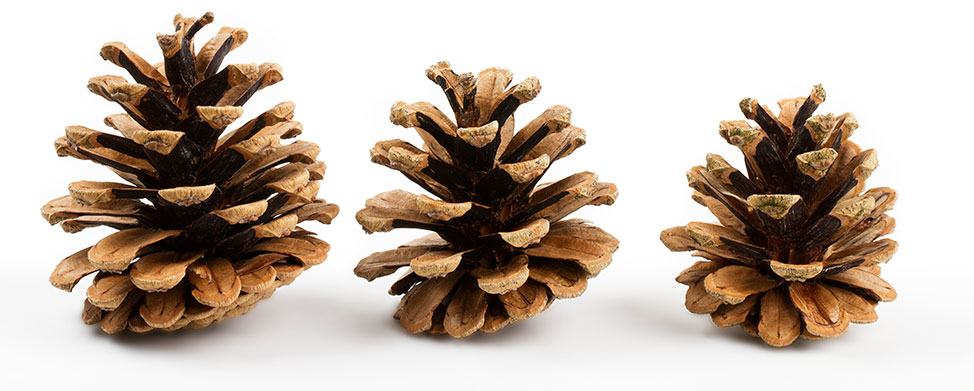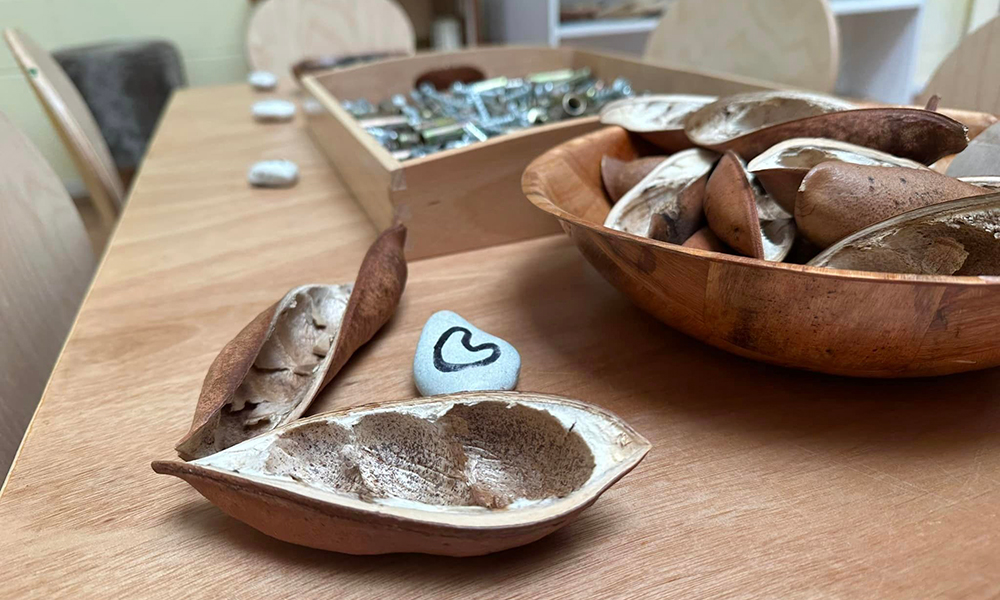The use of natural materials in Early Childhood Education is a growing trend with many benefits for children's development and at Innovative Early Learning, natural materials are incorporated into day to day experiences and open ended play times. Natural materials offer a sensory-rich and environmentally conscious approach to learning.
Here's some reasons why we love natural materials at Innovative Early Learning:
Why Use Natural Materials:
Sensory Stimulation: Natural materials like wood, stones, sand, shells, and leaves provide a wide range of sensory experiences. Children can touch, smell, and explore these materials, which can enhance their sensory development.
Connection to Nature: Using natural materials helps children connect with the natural world. It fosters an appreciation for the environment and encourages a sense of environmental awareness from a young age.
Creativity and Imagination: Natural materials are often open-ended, meaning children can use them in a variety of ways. This encourages creativity and imaginative play, as there are no strict rules or predetermined outcomes.
Cognitive Development: Natural materials can be used for counting, sorting, and pattern-making activities, promoting cognitive development. Children can also learn about cause and effect, problem-solving, and scientific concepts through hands-on exploration.
Physical Development: Manipulating natural materials, such as digging in sand or stacking stones, enhances fine and gross motor skills. These activities also improve hand-eye coordination and strength.
Emotional and Social Development: Playing with natural materials can be calming and soothing, helping children manage their emotions. It can also foster co-operative play and communication skills when children collaborate in their explorations.
How to Use Natural Materials at home to:
Provide a Variety of Materials: Collect a diverse range of natural materials such as rocks, shells, sticks, leaves, pinecones, acorns, and various types of wood. Be sure to choose items that are safe and non-toxic.
Outdoor Learning Spaces: Create outdoor learning spaces in back yards or balconies where children can interact with nature directly. These spaces can include gardens, natural play areas, or even a corner of the backyard with sand and dirt for digging.
Loose Parts Play: Use natural materials as loose parts in play spaces. Loose parts are materials that can be moved, combined, and transformed in various ways. This approach encourages creativity and problem-solving.
Guided Exploration: Sometimes families can guide children's exploration by setting up specific activities using natural materials. For example, create a nature scavenger hunt or a sensory table filled with sand, water, and natural items.
Observation and Documentation: Encourage children to observe and document their interactions with natural materials. This can be done through drawings, writing, or discussions, fostering a deeper connection with nature.
Safety First: Ensure that the natural materials used are safe, clean, and free from potential hazards. Supervise children to prevent them from using items that could pose risks.
Incorporating natural materials into Early Childhood Education not only supports various aspects of child development but also promotes a sense of wonder and respect for the natural world. It encourages children to be curious, creative, and environmentally conscious, laying a strong foundation for lifelong learning and environmental awareness. The use of natural materials is prominent at Innovative Early Learning within all age groups, our youngest members of the centre are introduced to natural materials through heuristic play experiences. Heuristic play is an enriching type of play where babies and young children interact with everyday objects, rather than just toys. The goal of heuristic play is to provide a wide range of sensory stimulation to help children discover and learn things for themselves. In the older age groups, we are very lucky to receive items from our local community such as loose parts, household items for our mud kitchen area, shells from trips to the beach, nature resources from our families’ gardens, fabrics along with many more. Our older children thrive on the use of these materials and learning is evident within these experiences.



